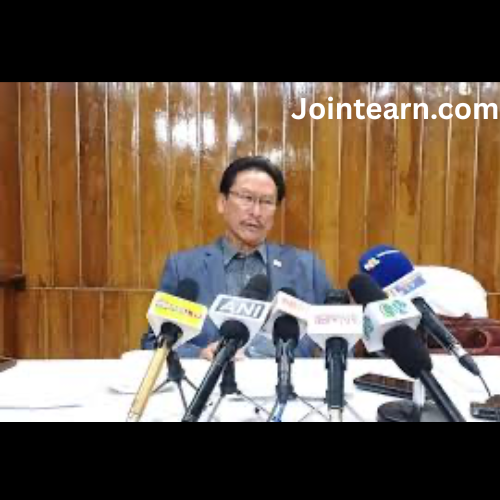New Delhi: The Supreme Court on Thursday asked the Centre and all state governments to respond to a proposed manual governing media briefings by police personnel. The draft, compiled by senior advocate Gopal Sankaranarayanan in his capacity as amicus curiae, is designed to ensure that information released by the police does not lead to trial by media and that the dignity and privacy of victims are safeguarded.
The 61-page document, described by the bench as “exhaustive,” recommends strict protocols for the language and content of police statements. It calls for avoiding terms that could stigmatise individuals, discourage victim-blaming, curb moralising narratives, and prohibit the disclosure of victims’ names, faces, voices, or family details. These measures are intended to prevent re-victimisation and minimize secondary harm to those affected by crime.
A bench comprising Justices M.M. Sundresh and Satish Chandra Sharma praised Sankaranarayanan’s work, noting the comprehensiveness of the draft. The Court indicated that it will list the matter for further consideration after eight weeks, giving the states time to review the document and provide feedback.
The manual traces its origins to a 1999 petition filed by the People’s Union for Civil Liberties (PUCL), which highlighted the need for clear guidelines on police encounters and media briefings. Over the years, the Supreme Court has also considered multiple individual pleas on similar matters, emphasizing the need for regulating how information about ongoing investigations is shared with the public.
The document seeks to balance several competing objectives. It emphasizes the need to maintain the integrity of police investigations while ensuring the public’s right to accurate and timely information under Article 19(1)(a) of the Constitution. At the same time, it seeks to protect the dignity and privacy of crime victims and uphold the right of accused individuals, witnesses, and suspects to a fair trial, as guaranteed under Article 21.
A key recommendation of the manual is the establishment of a dedicated media briefing cell within police departments. This cell would designate trained spokespersons responsible for issuing press releases, conducting media briefings, and sharing verified updates on social media. All communications would first be vetted by legal officers and the prosecuting wing of the police to ensure compliance with legal and procedural standards.
“It is extremely vital in the current social media age that the police communicate only correct, verified, and necessary information to the public to prevent the spread of incorrect information, which has the propensity to disrupt law and order,” the draft states.
The manual outlines four critical principles for police communication:
- Legality – ensuring that any information shared does not violate the law or court orders.
- Necessity – sharing information only when it is essential to correct misinformation that could disrupt public order.
- Proportionality – limiting details that could breach privacy or endanger individuals.
- Accountability – taking responsibility for the accuracy of information released.
Police personnel are advised to avoid commenting on the merits of ongoing cases, investigative theories, alleged confessions, surveillance methods, or investigative techniques. At the same time, they are encouraged to correct misinformation or rumours circulating in the media.
The document is divided into four parts, covering an extensive framework for media interaction. It provides guidelines on when and how to brief, the legal and policy framework governing media interactions, essentials of press releases and briefings, and crisis communication strategies. It also offers specific guidance for sensitive cases, including custodial deaths, suicides, missing persons, and appointing designated officers to handle media interactions.
The manual builds on prior attempts by the Ministry of Home Affairs (MHA) to regulate police media communication. In 2010, brief guidelines were issued following the high-profile Arushi Talwar murder case, where conflicting statements from police officials contributed to widespread media speculation and public confusion.
The Supreme Court has previously urged the Centre to frame uniform guidelines to ensure that media freedom does not compromise the rights of victims or accused persons. The bench reaffirmed that while the media enjoys constitutional protections under Article 19(1)(a), citizens, as consumers of news, are also entitled to receive accurate information. At the same time, investigations must remain fair, and no media coverage should pre-judge or unduly influence ongoing legal proceedings.
By calling on the Centre and states to respond, the Court is seeking to institutionalize a structured approach to police-media interaction that respects constitutional rights, protects vulnerable individuals, and maintains the integrity of criminal investigations.
The draft manual’s release comes at a time when misinformation and sensationalism on social media have increasingly influenced public perceptions of criminal cases. By implementing standardized protocols for communication, the police can prevent the spread of rumours, uphold public trust, and ensure that justice is not compromised by premature or inaccurate media narratives.


Leave a Reply